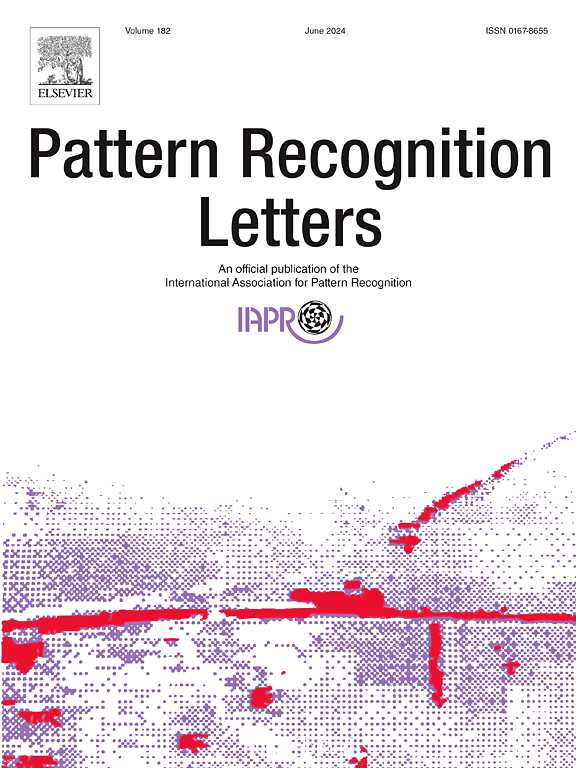基于非对称师生网络的半导体冷却器件异常晶粒检测工业视觉模型
IF 3.3
3区 计算机科学
Q2 COMPUTER SCIENCE, ARTIFICIAL INTELLIGENCE
引用次数: 0
摘要
热电冷却器(TEC)颗粒中微缺陷的无监督检测面临着巨大的挑战,这是由于细微的、低对比度的异常和人工注释的高成本。在这项工作中,我们提出了ATS-Net,这是一种基于共享ResNet骨干网的非对称师生网络,被设计为一种轻量级的部署就绪模型,可以有效地跨数据集进行泛化,而无需对每个数据集进行调优。我们的主要贡献包括用于稳定特征统计的指数移动平均归一化,用于放大异常区域师生差异的单层Real-NVP耦合机制,以及用于促进局部和全局联合关注的双尺度上下文变压器块。ATS-Net在两阶段过程中专门针对无缺陷样本进行训练,并使用图像级AUROC, 95%召回率的像素级PRO以及专有的TEC-Grain数据集和公共MVTec-AD基准上的平均相交-过并(mIoU)指标进行评估。实验结果表明,ATS-Net在TEC-Grain上达到了99.2%的AUROC、99.1%的PRO和0.989 mIoU,在MVTec-AD上达到了98.8%的AUROC、98.6%的PRO和0.997 mIoU。该模型在RTX 3090 GPU上以3.8 GFLOPs、19.36 MB参数和96 FPS的速度高效运行。消融研究表明,与MKD基线相比,引入的模块总体上提高了9.5个百分点的AUROC,而参数仅略有增加。因此,ATS-Net有效地平衡了检测精度、可解释性和速度,使其适用于半导体冷却器件生产中的实时缺陷检测。未来的研究将集中在多模态融合和自监督预训练策略的融合上,以进一步减少标注需求。本文章由计算机程序翻译,如有差异,请以英文原文为准。
An asymmetric teacher-student network based industrial vision model for abnormal grain detection of semiconductor cooling devices
Unsupervised detection of micro-defects in thermoelectric cooler (TEC) grains faces significant challenges due to subtle, low-contrast anomalies and the high cost of manual annotation. In this work, we propose ATS-Net, an asymmetric teacher-student network built upon a shared ResNet backbone, designed as a lightweight, deployment-ready model that generalizes effectively across datasets without per-dataset tuning. Our key contributions include exponential moving-average normalization to stabilize feature statistics, a single-layer Real-NVP coupling mechanism to amplify teacher-student discrepancies at anomaly regions, and a dual-scale contextual transformer block facilitating joint local and global attention. ATS-Net is trained exclusively on defect-free samples in a two-stage process, and evaluated using image-level AUROC, pixel-level PRO at 95 % recall, and mean intersection-over-union (mIoU) metrics on the proprietary TEC-Grain dataset and the public MVTec-AD benchmark. Experimental results demonstrate that ATS-Net achieves superior performance, reaching 99.2 % AUROC, 99.1 % PRO, and 0.989 mIoU on TEC-Grain, and 98.8 % AUROC, 98.6 % PRO, and 0.97 mIoU on MVTec-AD. The model operates efficiently at 3.8 GFLOPs with 19.36 MB parameters and a speed of 96 FPS on an RTX 3090 GPU. Ablation studies show the introduced modules collectively enhance AUROC by 9.5 percentage points over the MKD baseline, with only a minor increase in parameters. ATS-Net thus effectively balances detection accuracy, interpretability, and speed, making it suitable for real-time defect inspection in semiconductor cooling device production. Future research will focus on integrating multi-modal fusion and self-supervised pretraining strategies to further minimize annotation requirements.
求助全文
通过发布文献求助,成功后即可免费获取论文全文。
去求助
来源期刊

Pattern Recognition Letters
工程技术-计算机:人工智能
CiteScore
12.40
自引率
5.90%
发文量
287
审稿时长
9.1 months
期刊介绍:
Pattern Recognition Letters aims at rapid publication of concise articles of a broad interest in pattern recognition.
Subject areas include all the current fields of interest represented by the Technical Committees of the International Association of Pattern Recognition, and other developing themes involving learning and recognition.
 求助内容:
求助内容: 应助结果提醒方式:
应助结果提醒方式:


